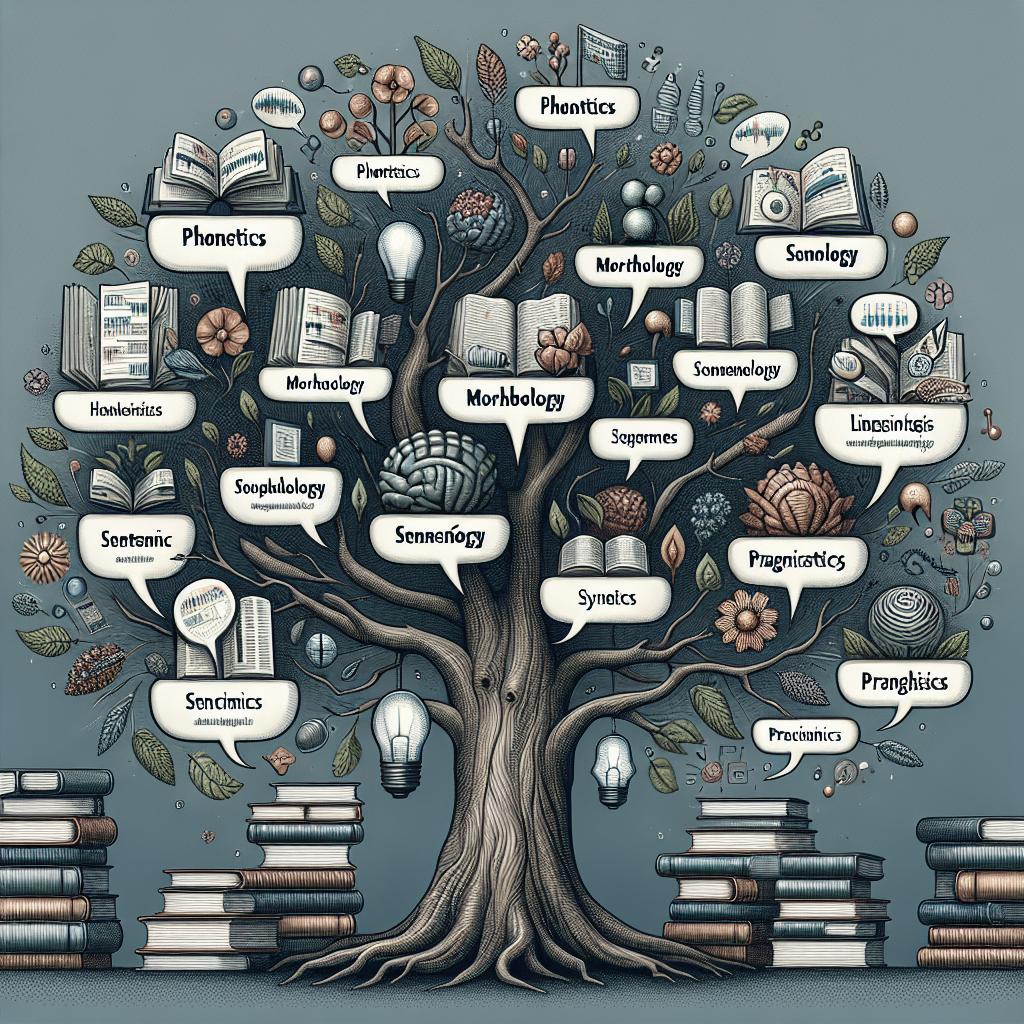<>
Lexicography is the art and science of dictionary-making, a discipline deeply embedded in linguistics and language studies. This blog post delves into the various facets of lexicography, starting from its basic definition to its aims and types. We will explore its historical journey and how it integrates into applied linguistics before diving into the nitty-gritty of lexicographic rules. By the end, you will have a holistic understanding of the multifaceted world of lexicography, enhanced with a structured summary for easy reference.
What is lexicography?
Lexicography is essentially the study and practice of compiling dictionaries. It involves the systematic recording of words and their meanings, phonetic transcriptions, etymology, and other linguistic attributes. Lexicographers scrutinize language to understand the breadth and nuance of vocabulary, making this information accessible to the general public through dictionaries.
It requires a meticulous approach to language. Collecting, analyzing, and presenting language data are core to lexicography. This discipline is both descriptive, portraying how language is used, and prescriptive, guiding proper language use. Through this symbiotic relationship, lexicography not only reflects language evolution but also influences it.
What is the aim of lexicography?
The primary aim of lexicography is to document language systematically to facilitate communication. Lexicographers provide a reliable resource for understanding word meanings, usage, pronunciation, and even cultural connotations. This comprehensive documentation aids both native speakers and language learners in navigating the complexities of language.
Additionally, lexicography serves academic and linguistic research. By providing a structured compilation of words and their meanings, it offers invaluable data for linguistic studies, language policy formulation, translation services, and more. The precise documentation of language variations, including regional dialects and technical jargon, further builds a rich linguistic repository.
What are the types of lexicography?
Lexicography can generally be categorized into two main types: theoretical and practical. Theoretical lexicography deals with the study of dictionary design principles, structures, and content organization. It involves linguistic theory and methodology and focuses on developing models that can be applied in dictionary creation.
Practical lexicography, on the other hand, is concerned with the actual process of creating dictionaries. This includes the collection of lexical data, definition writing, sense discrimination, and ensuring the user-friendliness of the final product. Practical lexicographers work diligently to make dictionaries accessible, accurate, and resourceful for wide-ranging audiences.
What is the history of lexicography?
The history of lexicography dates back to ancient civilizations, where glossaries and word lists began to take form. Early examples include the cuneiform word lists from Mesopotamia and Sanskrit word lists in India. The evolution continued through the Middle Ages with monastic word lists and arriving at the first comprehensive dictionaries in the modern era.
The 18th century marked a significant milestone with Samuel Johnson’s « A Dictionary of the English Language, » which set the standard for lexicography. The development of lexicography continued through the 19th and 20th centuries with advancements in printing technology and computational linguistics, leading to the digital dictionaries we rely on today.
What is lexicography in Applied Linguistics?
In applied linguistics, lexicography plays a crucial role in aiding language acquisition, translation, and policy making. Dictionaries created with detailed descriptions, example sentences, and phonetic information are essential tools for language learners. They provide structured access to word meanings, usages, and nuances that facilitate effective language learning.
Moreover, lexicography intersects with translation studies by offering standard language references necessary for accurate translations. Lexicographers also contribute to language policy by documenting and standardizing terminology essential for official use in educational and governmental institutions.
What is the lexicographic rule?
The lexicographic rule is a guiding principle that stresses clarity, consistency, and comprehensiveness in dictionary entries. It emphasizes the importance of user-oriented content that is easy to understand and navigate. Definitions must be precise, examples illustrative, and grammatical information accurate to ensure the utility of dictionaries.
Consistency in format and structure across the dictionary is crucial, aiding users in quickly finding and comprehending the needed information. Additionally, the lexicographic rule necessitates the regular updating of dictionaries to reflect language evolution, the inclusion of new words, and the exclusion or modification of obsolete terms.
Final Thoughts
| Subheading | Key Points |
|---|---|
| What is lexicography? | The study and practice of compiling dictionaries; involves recording words, meanings, phonetics, and etymology. |
| What is the aim of lexicography? | Document language systematically to facilitate communication and aid linguistic research. |
| What are the types of lexicography? | Theoretical lexicography (design principles) and Practical lexicography (actual dictionary creation). |
| What is the history of lexicography? | Traces back to ancient civilizations with significant milestones including Samuel Johnson’s dictionary and the rise of digital dictionaries. |
| What is lexicography in Applied Linguistics? | Aids language acquisition, translation, and policy making through detailed and structured dictionaries. |
| What is the lexicographic rule? | Emphasizes clarity, consistency, and regular updates in dictionary entries. |
Through this comprehensive examination, we gain insights into the methods and importance of lexicography, a pivotal discipline in understanding, documenting, and facilitating the use of language.


